An architectural legend: Yangshi Lei

If you have not heard of Yangshi Lei (the honoured name of the Lei family responsible for imperial building for over 200 years during the Qing Dynasty(1644-1911)), then you have missed an important detail about the Temple of Heaven, the Summer Palace, Yuanmingyuan Garden, Chengde Summer Resort, and the Imperial Qing Mausoleums in Hebei Province, the sacred burial grounds of Qing emperors, empresses and imperial concubines.
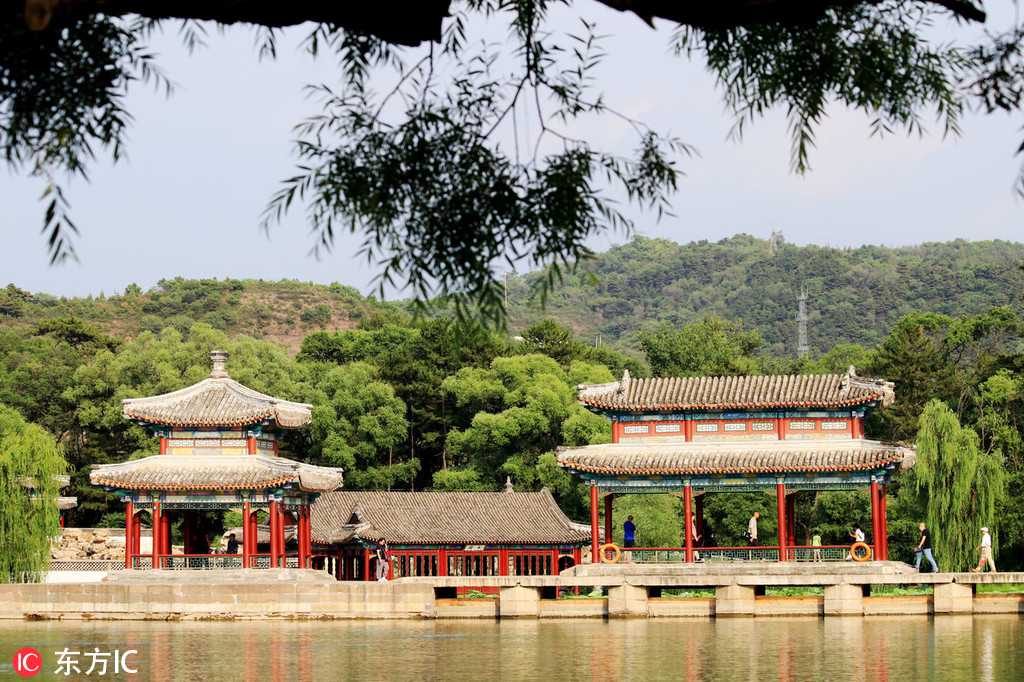
All these great cultural relics and popular tourist attractions have been included on UNESCO's World Heritage List, and surprisingly enough, they are all designed by the Lei family. Representing the great achievements of science and technology in ancient China, their architectural practice covered a wide range of city planning, imperial palaces, gardens,temples, tombs, princes' residences, workshops, and schools.
Yangshi means architect or architecture in Chinese. Yangshifang, the then government authority similar to the National Architecture Design Institute today, was in charge of site selection, design and construction of imperial architectures. From 1662 to1911, eight generations of the Lei family were appointed director of Yangshifang consecutively.
With so many architectural works on the UNESCO's World Heritage List, the Lei Family is a unique phenomenon in the architectural history throughout the world.
The Lei Family
One of the ancestors of Yangshi Lei, born in Jianchang (now Yongxiu County) in Jiangxi Province, served as an artisan in the Ming Dynasty(1368-1644AD). Towards the end of the Ming Dynasty, he moved to Nanjing, the then capital of the Ming Dynasty (capital city of Jiangsu Province today), to escape the war.
In the early days of the Qing Dynasty, he was enlisted to Beijingdue to his excellent craftsmanship and he was thus seen as the primogenitor of the later "Yangshi Lei".
The first generation of Yangshi Lei consisted of Lei Fada and his cousin, Lei Faxuan, who were entrusted to rebuild the Taihe Palace of Forbidden City during the Kangxi Reign (1662-1722) of the Qing Dynasty.
Lei Fada's eldest son, Lei Jinyu, succeeded his father to become head of Yangshifang and showed his excellence in the construction of "Changchunyuan", the first royal garden of the Qing Dynasty.
Among Lei Jinyu's five sons, only the youngest one, named Lei Shengcheng, carried on with his father's career. His three sons all took part in the construction of royal projects consecutively. The eldest son, Lei Jiawei, was sent to examine the Xanadus, bridges and riverbank projects which were out of Beijing, and to work on the construction of the scenic spots along the route along which emperor Qianlong would pass when he went on an inspection to the south of the Yangtze River. The second son, named Lei Jiaxi, undertook the Shou-shan Mountain project, the Yuquan Mountain project, the Fragrant Mountain Park, Chengde Imperial Summer Villa and the Chang Mausoleum in 1792. The third son, Lei Jiarui, went along with his brothers to deal with imperial projects inside the palace.
The family had risen to great fame and influence by that time, and the three collected details of the southern architecture style and incorporated them into their later works, which included the renovation of the Summer Palace and the Yuangmingyuan Garden.
Lei Jingxiu, the third son of Lei Jiaxi, learnt architecture diligently from his father in Yangshifang located in the Old Summer Palace when he was sixteen. He collected the architectural blueprints and wax models used by his ancestors, and stored them in a three-room house downtown, most of which have been kept to form what is known today as the Yangshi Lei archives.
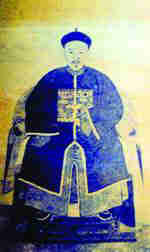
Lei Siqi, the third son of Lei Jingxiu, participated in the construction of the Ding Mausoleum in 1865. Along with his brother, Lei Tingchang, who designed the mausoleum of Empress Dowager Cian and Empress Dowager Cixi, Lei Siqi submitted the deisgn drafts for the renovation of the Old Summer Palace and was called upon five times by the emperor in 1874. After that he participated in the expansion project of three seas (North Sea, Middle Sea and South Sea) as well as the rebuilding of Old Summer Palace. After that "Yangshi Lei" became even more famous, enjoying a good reputation in and out of the royal court.
However, the Lei family lost favour with the fall of the Qing Dynasty early last century. Without financial income, the family disintegrated and became oblivious to the outside world.
The offspring sold the design drafts and wax models for foot and none of them have been involved in architecture since that time.
The Design Drafts of Yangshi Lei

Apart from the grand architectures, the Lei family has also left another treasure - design drafts, which are seen as precious historical archives of Yangshi Lei. In the National Library of China alone, there are up to 20 thousand architectural design drafts, each of which plays an important role in the research of the history of the Qing Dynasty and how architecture developed at the time. There are a variety of plans, such as projective drawings, front elevations, and side elevations. There are also a few revolving drawings, especially of the top of the mausoleum, which has an anomalistic dimensional form and structure and a contour map, which was very popular at the time.
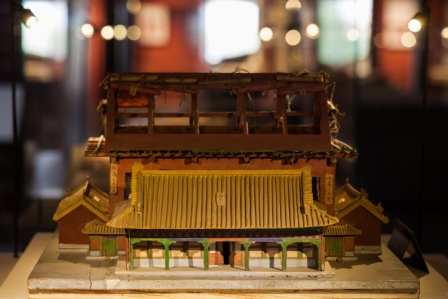
The whole process of the project is reflected from these design drafts, including: choosing materials, digging, construction foundation, constructing the underground palace and surrounding grounds, installing pillars and making tiles, all of which reflect the original features of the Yangshi Lei, as well as the architectural procedure and the technology available.
Wax models -part of the design drafts- are model drawings made by paper, straw and wood. The wax model which was named after the last procedure, which used the special small brand iron to fortify the model, provides important help for historians to discover the science, technology, culture and art of that period.
Apart from the process, we can also learn some of Yangshi Lei's important architectural concepts from the blueprints. For example, Chinese architectures have always been low. The height of Taihe Dian, imperial palace of the Palace Museum(the Hall of Supreme Harmony) is under 35 meters, and the width is 75 meters, this being the proper distance between emperor and ministers in order to keep pleasant relations between them, while maintaining the optimal distance for watching and hearing in the theater.
There are over 20 thousand design drafts of Yangshi Lei in existence, most of which are collected in National Library of China, the Palace Museum, the First Historical Archives of China and the Graduate School of Chinese Culture Relics. With various contents, such as the details of how sites were chosen, as well as programming, design and construction of Qing Dynasty imperial buildings including cities, palaces, gardens, altars, temples, mausoleums, mansions and others. The records are the most elaborate historical materials which also correspond with the remaining architecture.
According to Wang Qiheng, an expert on Yangshi Lei, the design drafts adopted principles of projection and layering, which not only overthrows the old theory that the ancient Chinese structures has not undergone necessarily design, but also proves that the design of Chinese architecture employed advanced drawing technology as early as at least 200 years ago.
In 2003, the design drafts of the Yangshi Lei were listed as a Chinese literature heritage. Now they are being prepared to apply for the world remembrance heritage in 2005, which is set up by the United Nations Educational, Scientific, and Cultural Organization for precious literatures records, and selects new artifacts through public appraisal every two years.
Yangshi Lei and the Summer Palace
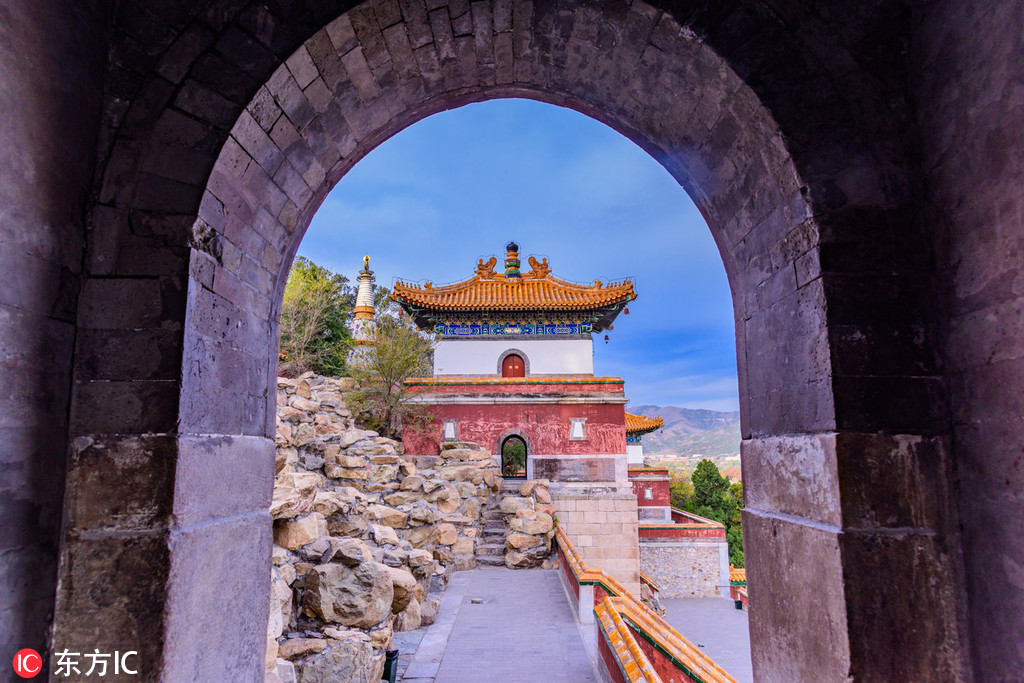
The Summer Palace, originally named "Qingyiyuan Garden", and situated by the Wanshou Mountain and KunmingLake, is the representative work of Yangshi Lei. In A.D.1750, emperor Qianlong built the Qinyiyuan Garden in honor of his mother and later constructed the Wisdom Sea long corridor and the Huishanyuan Garden, imitating the Jichangyuan Garden in Wuxi in Jiangsu Province. In addition, three mountains were built by the Kunming Lake according to the legends of Fangzhang, Penglaiand Yingzhou. In A.D.1775 the stone boat was constructed. During the construction process, the Yangshi Lei worked out lots of designs and purchased the architectural materials themselves.
In the process of constructing the Qingyiyuan Garden, the emperor ordered an 8-storied tower pulled down because a geomancer said that it was not fit to build a tower in the northwest of Beijing. Then the emperor ordered Yangshi Lei to rebuild a different structure, posing a challenge for the family. At last, they designed pavilion pointing in all directions copying the Huanghelou design (one of the three famous tower in the south of the Yangtze River), now named the Fuxiang Pavilion now. The design of the Fuxiang Pavilion has been well preserved in the National Library of China.
The Construction of Three Seas by Yangshi Lei
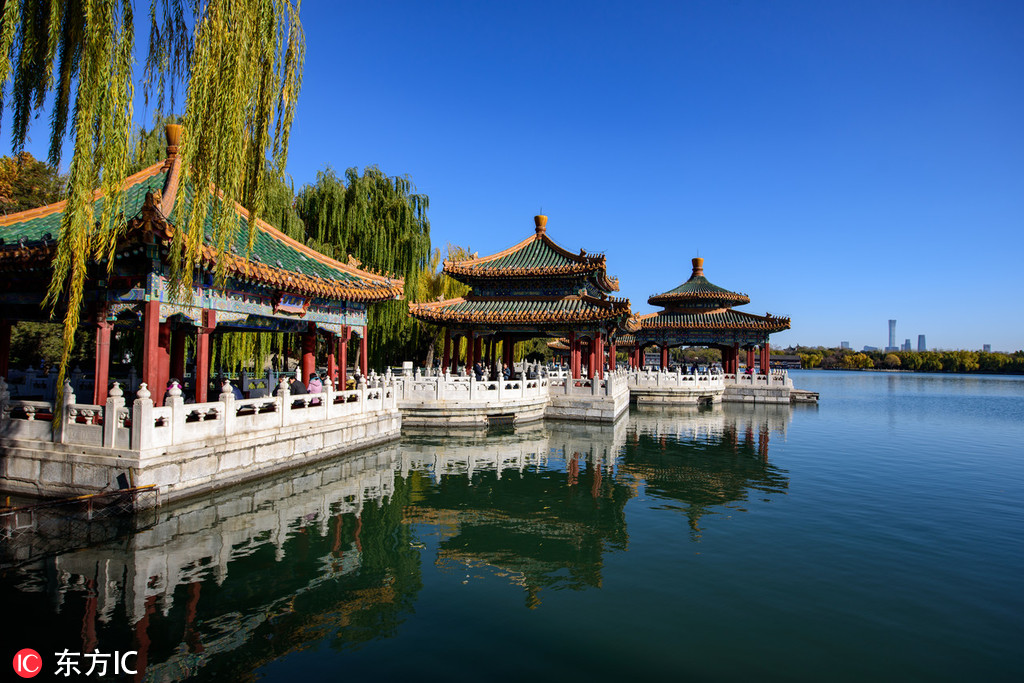
All the projects constructed by Yangshi Lei are complex, a fact that can be confirmed by the construction of the North Sea, Middle Sea and South Sea during the Tongzhi Reign of the Qing Dynasty. Lei Siqi recorded all the details of the projects including even the various sources of all kinds of costly wood, and sought all the materials himself. He purchased them in the market, took down the old materials from the royal palaces and gardens or carried them from Tianjin, a strenuous walk. In the end he died from fatigue at an early age.
During the Guangxu Reign, the project of the three seas went, among which the construction of the Yiluandian Palace for Cixi queen mother was the biggest. Lei Tingchang, the son of Lei Siqi, undertook this project. After three years of fastidious construction, Yiluandian Palace was finished, eventually becoming the real political center of the Qing Dynasty. After the Revolution of 1911, it was renamed Huairentang.







